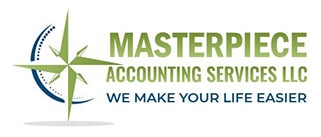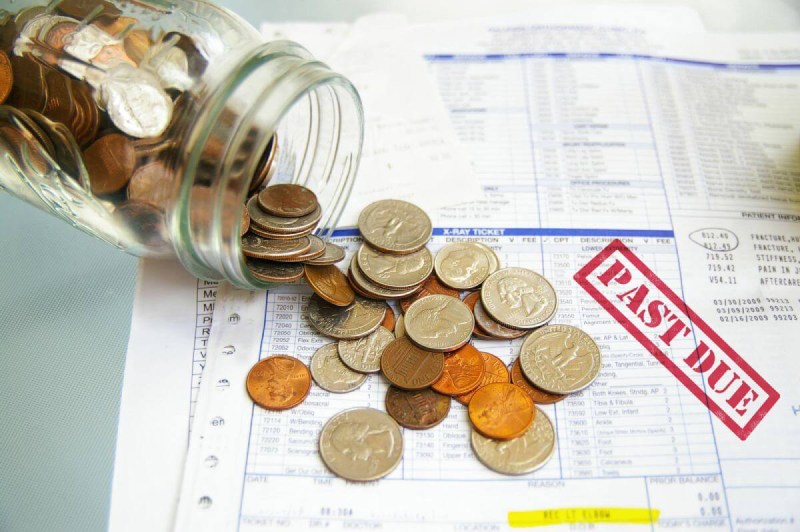Who can believe that it’ll be one year this week since the war in Ukraine began. Unfortunately, it doesn’t seem like there’s an end in sight — a heavy realization for those caught in the crosshairs of it all…
Looking back to last February, I can say it’s been a tough year for businesses as well. Supply chains were already interrupted and production was slow (a big obstacle for businesses everywhere). And then inflation took its toll, and you’ve found yourself in constant pivot mode to keep up.
(Not to be a Debbie Downer, but I do want to keep it real for my Northeast States business owner clients — a strong value of mine.)
The point is: Every dollar counts these days. And I’m not just talking about ways to save your company money (examining operating costs and cutting out unnecessary expenses).
But today I want to get into a topic that weighs on every business owner: accumulated “past due” receivables – aka: getting paid what you’re owed. That’s a tough conversation … always. But doing it smarter can often produce better results.
And… if you still feeling like you’ve tried every trick under the sun and nothing is working even after reading my thoughts on this subject today… let’s talk it through together. I’m here for you:
914-752-3632
Alright, onto some of the smart ways to approach collecting payment from your Northeast States customers…
Collecting Payment the Smart Way in Your Northeast States Business
“If you can learn from hard knocks, you can also learn from soft touches.” – Carolyn Kenmore
In this inflationary environment, you might find that your Northeast States business is suffering from accumulated “past due” receivables. Everyone’s having difficult “paying up.”
And while collecting payment is a problem that needs to be solved, it’s also a problem which shouldn’t just be addressed by “normal means” (calling, pestering, etc.). Even collection agencies have figured out that there are better ways to get payment than using the same old badgering approach.
That tells me, you can actually CHANGE the way the game normally works.
How? To start: Use similar tactics to those which WON the sale in the first place: discounts, premiums for advance or prompt payments, and a good old multi-step follow-up.
If you do have (or ever develop) a receivables problem, you’ll need to take this same sort of aggressive action to clean it up. “Preserving the relationship” with a client who can’t (or, more likely, who won’t) pay his bills is ultimately of little value. Left alone, collection problems tend to get worse… not better. Even large, long-established corporations can find themselves in trouble with their payables. In that situation, you (as a creditor) could wait years for your money and then recover only a percentage of it.
So it’s important that you set into place a system for collecting payment.
Because one of the most important lessons that I’ve learned over my years in business is that trends rarely reverse themselves. In other words: Trends don’t change; people change trends. A negative situation simply won’t change if you wait, procrastinate, and delay action.
When you get that very first glimmer of something “not right” in your business, it’s time to look closer and to take corrective action. Too many people spot the tip of a problem and choose to ignore it, feeling they’ve got enough to handle already, so why go looking for trouble?
It’s a funny thing how closely-related failure and success are, and how failure is usually the womb of a subsequent success. And, how most business problems have marketing-related solutions. To put it simply, effective salesmanship solves most problems — including collections.
You need a bias for sales in every area of your business — yes, even for collecting payment that .
So, turn your marketing mind onto it. What incentives can you provide delinquent customers? How can you “cut through the clutter” so that YOU get paid (while other vendors wait … and wait)? Good headlines, conversational appeals, and multi-step follow-ups are a good place to start. But then, of course, even “starting” on collecting payment is the biggest step.
A few basic ideas to get you going:
- Never treat the customer like they are a delinquent, until they are VERY delinquent (i.e. honey beats vinegar, in the beginning).
- Use a variety of media to reach out (phone, email, text, discreet social media).
- Approach the issue as if a “mistake has been made” — rather than you haven’t been paid because of mal-intent.
- Try using different staff, if one staff member isn’t getting headway.
Whichever starting point you choose, commit to it for a time and see if it works. You can always change your approach to collecting payment depending on the results. Find what works best for the situation.
I hope this helps. Your bottom line will thank you, if you take the action.
And if you want some more guidance on creating a system for how to interact with those delinquent customers, you’re always welcome to reach out. That is, after all, what I am here for.
In your corner,
Ibanessa Hogan

